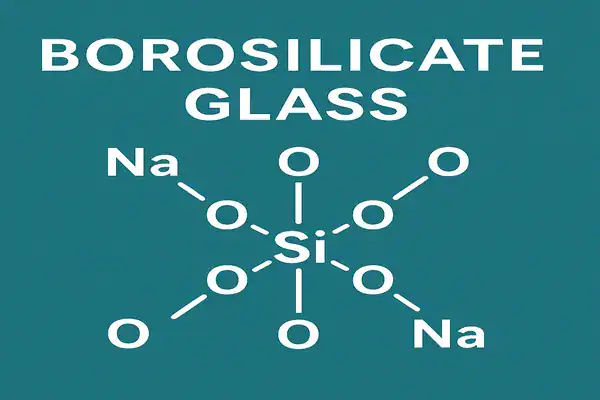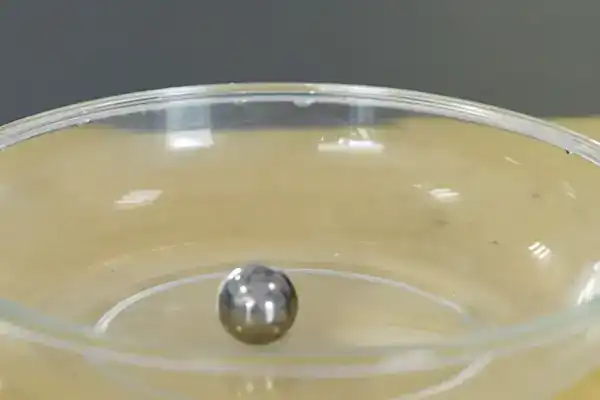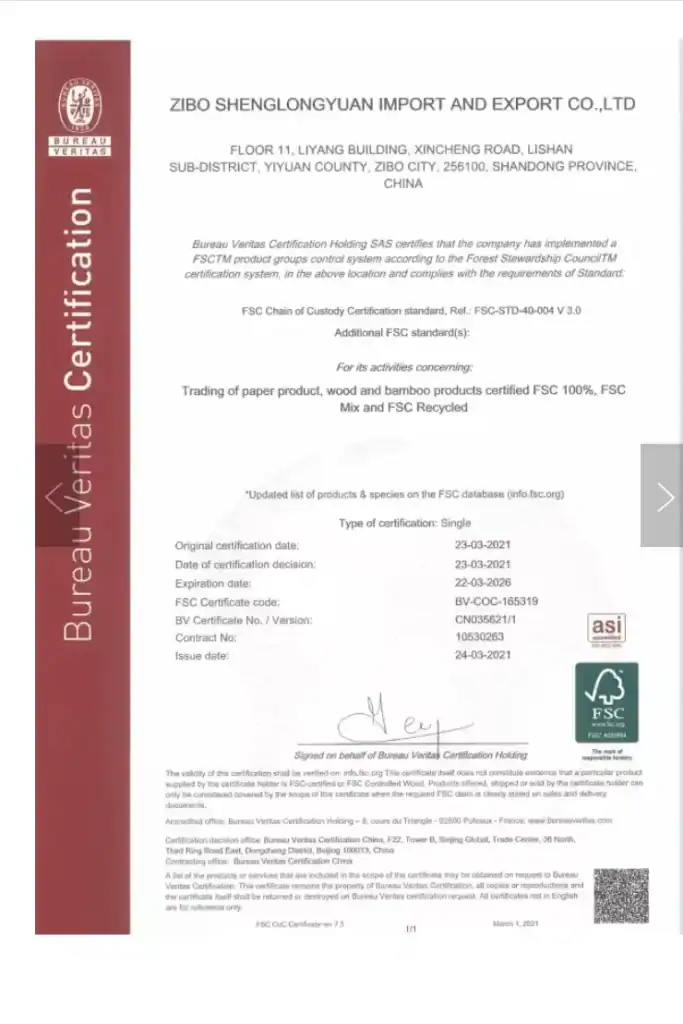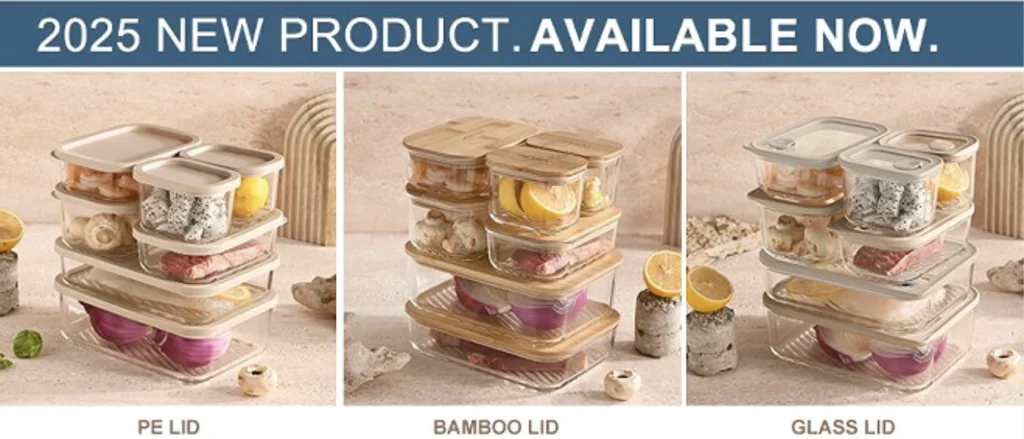Many people only look at the price when buying glassware, ignoring the safety risks that come with material differences. Choosing the wrong material can, at best, alter the taste of your food, and at worst, lead to shattering and injury. As a practitioner in the glass industry, I have seen far too many customer complaints and returns from mistakenly choosing زجاج الصودا والليمون 1{#ref-1}.
Borosilicate glass is more heat-resistant, safer, and better suited for kitchen use than soda-lime glass, especially for applications involving heating, refrigeration, and frequent washing. Its core advantage lies in a unique chemical component—boron trioxide—which provides an extremely low coefficient of thermal expansion and outstanding chemical stability.

Though they may look similar, these two types of glass have fundamental differences in their composition and performance. This article will provide the most direct and practical guide to understanding these differences, enabling you to make smarter decisions, whether you’re sourcing for your business or choosing for your own kitchen.
What Are the Real Differences Between Soda-Lime and Borosilicate Glass?
You might not know it, but about 90% of everyday glassware is made from soda-lime glass. The problem is, when you expose it to high temperatures, it can shatter with a “crack.”
Borosilicate glass incorporates boron into its chemical structure, allowing it to withstand extreme temperature changes and resist chemical corrosion, making it the top choice for laboratories and professional kitchens. Soda-lime glass does not share these properties.

Core Differences at a Glance
| الميزة | زجاج الصودا والليمون | زجاج البورسليكات |
|---|---|---|
| Key Components | Silicon Dioxide + Sodium Oxide + Calcium Oxide | Silicon Dioxide + Boron Trioxide |
| Manufacturing Difficulty | Simple, low melting point | Higher temperature requirements, more complex process |
| التكلفة | منخفضة | عالية |
In-Depth Analysis: How Composition Dictates Performance
1. Raw Materials and Melting Temperature
The fundamental difference begins with the raw materials. Soda-lime glass is inexpensive because sodium oxide (soda) and calcium oxide (lime) act as fluxing agents, lowering the melting point of silica. This saves energy and production time, but it comes at the cost of a less stable molecular structure.
Borosilicate glass, however, replaces some of these fluxing agents with a key ingredient: boron trioxide (B₂O₃) 2{#ref-2}. This change means it requires a much higher melting temperature (around 1600°C), demanding more advanced furnaces and higher energy consumption. This higher production cost is directly responsible for its superior, more stable performance and is the primary reason for the price difference.
2. Chemical Structure and Stability
The addition of boron trioxide optimizes the glass network at an atomic level, creating stronger bonds between molecules. This yields two core advantages: first, it dramatically lowers the معامل التمدد الحراري 3{#ref-3}, preventing high stress from building up during temperature changes. Second, it enhances chemical inertness, making the glass highly resistant to reacting with acids and bases.
Why Is Borosilicate Glass the First Choice for Kitchenware?
Many people have experienced that frustrating moment when their soda-lime glass container cracks in the microwave. This is a direct result of the two materials’ vastly different مقاومة الصدمات الحرارية 4{#ref-4}.
Borosilicate glass can withstand dramatic temperature changes of 150°C (300°F) or more, allowing it to move safely between the refrigerator, microwave, and oven. Soda-lime glass, however, can only handle a thermal shock of around 40-60°C (104-140°F).

Thermal Shock Performance Comparison
| الميزة | زجاج الصودا والليمون | زجاج البورسليكات |
|---|---|---|
| مقاومة الصدمات الحرارية | ~40°C–60°C | ~150°C–300°C |
| Coefficient of Thermal Expansion | عالية | Extremely Low |
| Microwave/Oven Use | ❌ Extremely Risky | ✅ Safe for regular use |
| Heating directly from fridge | ❌ Strictly Prohibited | ✅ Safe |
In-Depth Analysis: The Decisive Role of the Coefficient of Thermal Expansion
“Thermal shock” is a constant in the kitchen: moving a container from the cold fridge to a hot microwave or pouring boiling water into a glass. Whether the glass survives depends on its معامل التمدد الحراري.
– زجاج البورسليكات: Has an extremely low coefficient of thermal expansion (approx. 3.3 x 10⁻⁶/K). When the temperature changes suddenly, its volume barely changes, preventing critical stress from building between the inner and outer walls. This is why it doesn’t crack.
– زجاج الصودا والليمون: Has a much higher coefficient (approx. 9.0 x 10⁻⁶/K), nearly three times that of borosilicate. Rapid temperature changes cause its inner and outer walls to expand or contract at different rates, creating immense internal stress that leads to shattering.
This difference is critical for kitchen items like أطباق الخبز 5{#ref-5}, food storage containers 6{#ref-6}, measuring cups, and jars that undergo heating and cooling. You need a container that won’t shatter and won’t leach impurities to protect your food and your family.
Is Soda-Lime Glass More Fragile? A Comparison of Strength
At first glance, borosilicate glassware often feels lighter and thinner than its soda-lime counterpart. However, this is actually a testament to its superior strength.
In its standard form, borosilicate glass has higher impact and scratch resistance than regular soda-lime glass. While tempering can improve the strength of soda-lime glass, its overall durability is still not on par.

Mechanical Properties Comparison
| الميزة | Soda-Lime Glass (Standard) | Soda-Lime Glass (Tempered) | زجاج البورسليكات |
|---|---|---|---|
| Drop Resistance | فقير | Medium-Good | Good |
| Surface Hardness/Scratch Resistance | Medium | Medium-High | عالية |
| Breakage Pattern | Large, sharp shards | Shatters into countless small pieces | Larger pieces with duller edges |
| Long-Term Durability | Fair | Medium | Long-lasting |
In-Depth Analysis: A Comprehensive Look at Strength and Durability
1. Surface Hardness: Borosilicate glass has a harder surface, making it resistant to scratches from daily use and cleaning. Scratches are not just cosmetic flaws; they are stress points and breeding grounds for bacteria that compromise the overall strength and safety of the glass.
2. Limitations of Tempered Glass: While tempered soda-lime glass 7{#ref-7} has good impact resistance, its risk of “spontaneous explosion” and its tendency to disintegrate completely upon breaking can be a safety hazard in some kitchen scenarios. In contrast, the strength of borosilicate glass is inherent to its stable material composition, not induced by physical stress, making it more reliable.
For any application that involves repeated use, frequent heating, and regular washing, borosilicate glass is unequivocally the more dependable choice.
Is Borosilicate Glass Really Safer? What About Lead or Toxins?
I have been asked this question countless times by clients in North America and Europe. For any professional buyer, safety and compliance are non-negotiable.
True, high-quality borosilicate glass complies with international food contact standards like FDA, LFGB, and DGCCRF. It contains no lead, cadmium, or other harmful heavy metals and is chemically inert, meaning it will not leach any substances into your food.

Food Safety Standards Comparison
| Standard | Soda-Lime Glass (Standard) | زجاج البورسليكات |
|---|---|---|
| FDA Compliance (USA) 8{#ref-8} | Some can pass | ✅ Standard |
| LFGB (ألمانيا) 9{#ref-9} | Low pass rate | ✅ Standard |
| Lead Content | May contain traces (depends on raw material purity) | خالي من الرصاص |
| Contact with Acidic/Alkaline Food | Risk of corrosion and leaching | High corrosion resistance |
In-Depth Analysis: The Importance of Chemical Stability
I have personally led my team to submit our borosilicate product line for EU standards testing, which involves prolonged leaching tests in an acetic acid environment. The result was “zero detection.”
– Acid and Alkali Resistance: Whether you are storing lemon juice, vinegar, or using a dishwasher, borosilicate glass maintains its surface integrity. It will not corrode or cloud over time like soda-lime glass can.
– Non-Porous Surface: The surface of borosilicate glass is smooth and non-porous. It won’t absorb food odors or stains, is easier to clean, and does not harbor bacteria.
This is why top-tier brands of baby bottles, breast milk storage containers, and medical labware insist on using borosilicate glass—when it to safety, there can be no compromises.
Is the Cost Difference Worth It? How Should I Choose?
This is the key question for many B2B clients: borosilicate glass costs several times more, so is it worth it?
If your target market values safety, durability, and reusable, eco-friendly products, then the long-term value and brand reputation gained from investing in borosilicate glass are absolutely worth the premium.

Scenario-Based Sourcing Advice
| Application | Recommended Glass Type | Reason |
|---|---|---|
| Microwaveable Food Containers | Borosilicate Glass ✅ | Thermal stability is critical for safety; no risk of explosion. |
| أطباق الخبز | Borosilicate Glass ✅ | Must withstand extreme temperature differences between oven and fridge. |
| Baby Bottles / Food Jars | Borosilicate Glass ✅ | Absolutely non-toxic, withstands high-temperature sterilization. |
| Airtight Storage Jars | Borosilicate Glass ✅ | Chemically inert; will not react with any type of food. |
| Everyday Drinking Glasses | Soda-Lime Glass ✅ | Cost-effective for uses not involving extreme temperature changes. |
| Single-Use Food Jars 10{#ref-10} | Soda-Lime Glass ✅ | High value for money, meets basic needs. |
| Decorative Glassware | Soda-Lime Glass ✅ | High performance is not required. |
My final recommendation is this: You don’t need to use borosilicate for everything. But for any application that involves the three key elements of “Heating + Food Contact + Repeated Use,” you should never cut costs.
الخاتمة
While soda-lime and borosilicate glass may appear similar, they are worlds apart in thermal resistance, chemical stability, strength, and safety. Although borosilicate glass has a higher initial cost, the value it delivers in terms of extended lifespan, superior safety, and a positive brand image is immeasurable. For retailers and brands focused on quality, safety, and sustainability, it is the more trustworthy and correct long-term investment.
My Brand’s Viewpoint
About PYGLASS
اسم العلامة التجارية: باي جلاس
الشعار: Safer · Healthier · Greener
الموقع الإلكتروني: www.slyprc.com
Our mission is to enhance the safety, health, and eco-friendliness of every meal and every storage moment through premium borosilicate glassware.
We only make true borosilicate glass. We serve over 50 well-known brands and retailers from North America, Europe, and Latin America, and all our products are certified to meet strict food-grade standards, including FDA, LFGB, and DGCCRF.
If you are looking for a supplier of truly safe, high-quality glassware, we will be your trusted, long-term partner.
الحواشي
1. Learn about the composition and common uses of the most prevalent type of glass. ↩︎
2. Discover the chemical properties of the key ingredient that gives borosilicate glass its stability. ↩︎
3. An engineering guide to understanding how materials expand and contract with temperature changes. ↩︎
4. A technical explanation of why some materials crack under rapid temperature changes. ↩︎
5. Explore high-performance borosilicate baking dishes designed for safety from oven to table. ↩︎
6. View a collection of borosilicate food containers that ensure safety and freshness. ↩︎
7. An overview from Scientific American on how tempered glass is made and why it shatters differently. ↩︎
8. Official U.S. Food and Drug Administration information on materials approved for food contact. ↩︎
9. Details on the German Food and Feed Code (LFGB) for product safety testing. ↩︎
10. Information for businesses seeking reliable glassware suppliers for various applications. ↩︎
